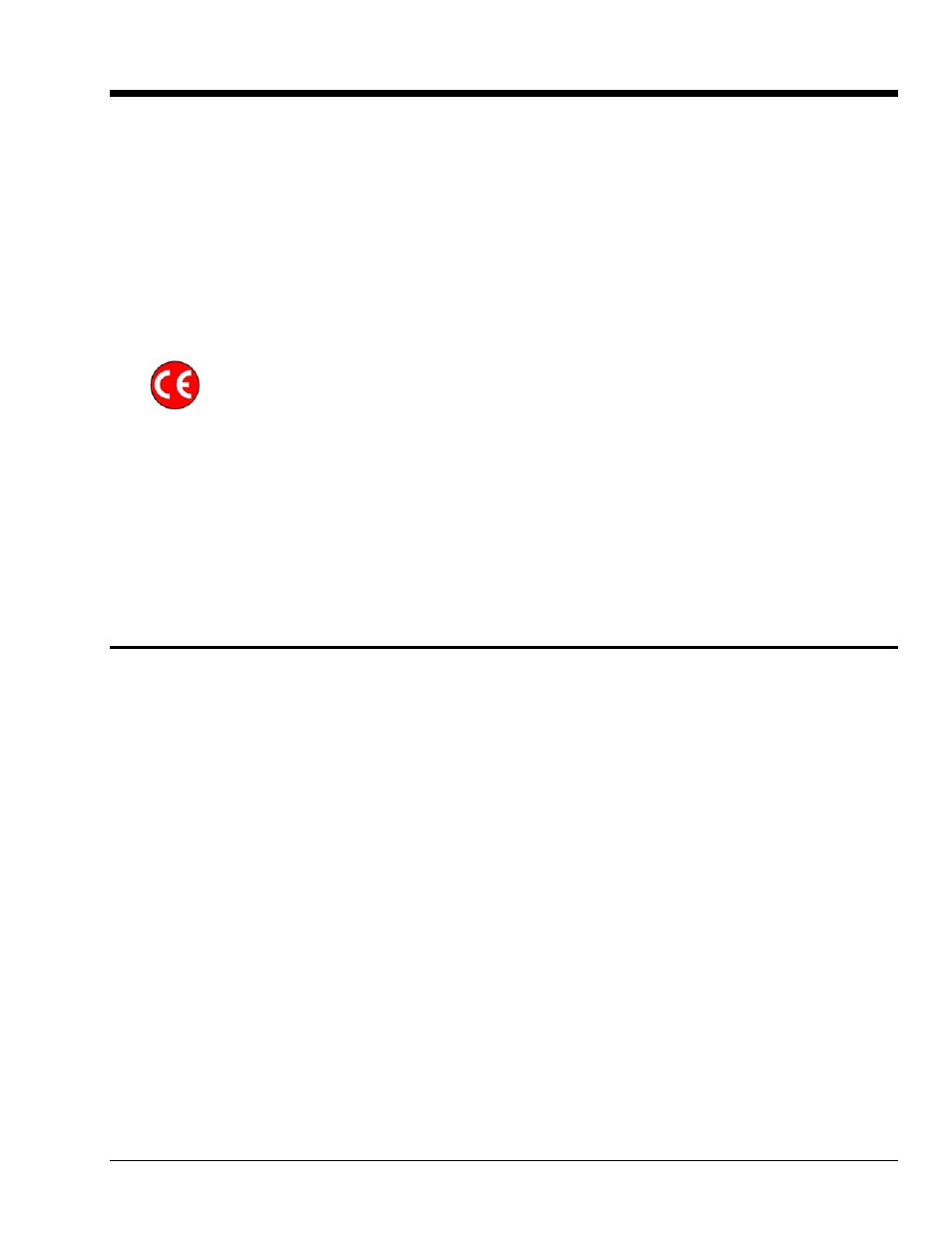10 - ce compliance & noise considerations, Overview, Ce standards and directives – Measurement Computing ZonicBook 618E rev.3.4 User Manual
Page 79: Ce compliance & noise considerations 10

CE Compliance & Noise Considerations
10
Overview ……10-1
CE Standards and Directives …… 10-1
Safety Conditions ……10-2
Emissions/Immunity Conditions ……10-3
Using Shielded BNC Connectors for CE Compliance …… 10-3
CE Compliance for ZonicBook/618E System Expansion …… 10-3
Noise Considerations …… 10-4
Ethernet CE Kit Instructions
(p/n 1077-0901)
Overview
CE compliant products bear the “CE” mark and include a Declaration of Conformity stating the
particular specifications and conditions that apply. The test records and supporting
documentation that validate the compliance are kept on file at the factory.
The European Union established CE standards in 1985. The standards include specifications for safety,
EMI emissions, and immunity from electromagnetic interference. Products that are intended for placement
in the European Union must meet or exceed the standards and bear the “CE” mark.
Although not required in the USA, meeting or exceeding the CE standards is considered good engineering
practice, since doing so enhances safety while reducing noise and ESD problems.
In contracted and in-house testing most acquisition products met the required specifications. In many cases
products that were not originally in compliance were redesigned accordingly. In noted instances alternate
product versions, shield plates, edge guards, special connectors, or add-on kits are required to meet CE
compliance.
CE Standards and Directives
The electromagnetic compatibility (EMC) directives specify two basic requirements:
1. The device must not interfere with radio or telecommunications.
2. The device must be immune from electromagnetic interference from RF transmitters, etc.
The standards are published in the Official Journal of European Union under direction of CENELEC
(European Committee for Electrotechnical Standardization). The specific standards relevant to data
acquisition equipment are listed on the product’s Declaration of Conformity.
The safety standard that applies to data acquisition products is EN 61010-1 : 1993 (Safety Requirements
for Electrical Equipment for Measurement, Control, and Laboratory Use, Part 1: General Requirements).
Environmental conditions include the following:
• indoor use
• altitude up to 2000 m
• temperature 5°C to 40°C (41°F to 104°F)
• maximum relative humidity 80% for temperatures up to 31°C (87.8°F) decreasing linearly
to 50% relative humidity at 40°C (104°F)
• mains supply voltage fluctuations not to exceed ±10% of the nominal voltage
• other supply voltage fluctuations as stated by the manufacturer
• transient overvoltage according to installation categories (overvoltage categories) I, II and III
For mains supply, the minimum and normal category is II
• pollution degree I or II in accordance with IEC 664
ZonicBook/618E User’s Manual
878196
CE-Compliance & Noise Considerations 10-1
